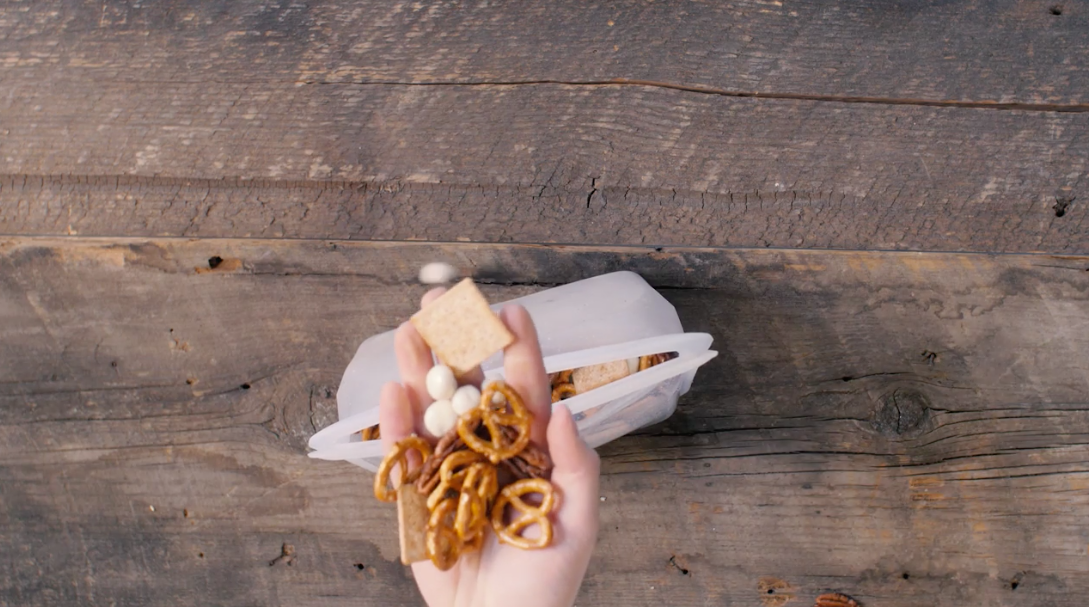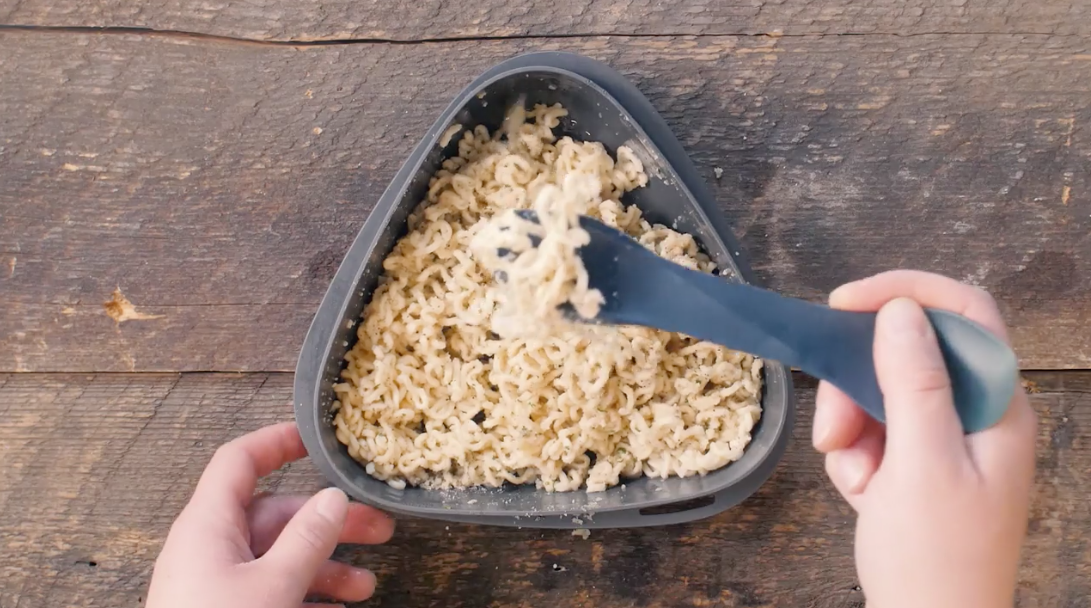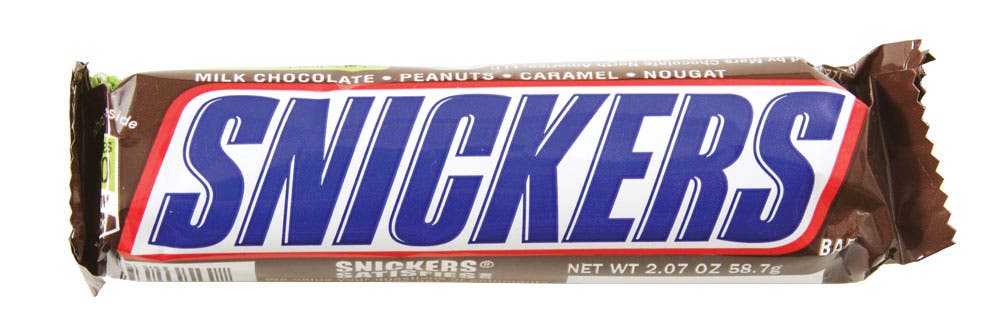Meal Planning for Thru-Hikes

'Nick Cote'
Plan Your Meals Strategically
The best way to satisfy hiker hunger is to create a personalized meal plan. Use these tips to fuel up right. By Aaron Owens Mayhew
1) One size doesn’t fit all.
Age, sex, metabolism, fitness level, daily mileage, altitude, pack weight, and numerous other factors affect what you should eat. Consider your own habits and preferences when planning, and don’t try to base your meal plan entirely on someone else’s.
2) Find your fuel gauge.
Because everyone is different, there’s no equation to calculate how much a thru-hiker should eat. The best way to determine your calorie needs is to spend time hiking. With experience, hikers will be able to identify that magic number of calories that works best for them. Before planning meals for your thru-hike, put in some big-mile days with a pack. Keep track of what you eat after, and how many calories it takes to satisfy your appetite. Keep in mind that your appetite will ramp up after a few weeks on the trail.
3) Keep eating.
Some folks prefer three large meals a day, while others opt for constant snacking. There’s no right answer as long as you don’t go too long without eating—the goal is to keep a consistent energy level as you hike. Aim to eat something (at least 200 to 250 calories) every 60 to 90 minutes.
4) Balance your nutrients.
Plan to consume about 70 grams of carbohydrates per hour while hiking, and roughly .5 to .7 grams of protein per pound of body weight. Consume 15 to 20 grams of protein at night for recovery. Fiber intake is also important, as it can help with sustainable energy and reduce the risk of constipation on the trail. Lastly, incorporate healthy fats such as olive oil and nuts, which burn slowly to maintain energy throughout the day.
5) Capitalize on town days.
Malnutrition can prematurely end a thru-hike. Load up on fruit and vegetables in town to avoid nutrient deficiencies.
Long Trail Meal Plans
Thru-hikers have to consider their tastebuds, budget, weight, cooking time, and more. Choose a menu below that best matches your trail personality—these plans feature signature meals from the Backcountry Foodie downloadable cookbook. Supplement them with your favorite snacks to strike the right calorie balance. (Want more info? Check out our recipe videos.)

The Fast and Light
Prioritizing speed? Go stoveless. This plan features homemade food for hikers who don’t want to stop to cook.
Breakfast: Granola with milk and berries
Morning Snacks: Snack every 60 to 90 minutes on things like mixed nuts, peanut butter, or plantain chips.
Lunch: Marinated chickpeas
Afternoon Snacks: Peanut M&Ms and Don’t Knock It Till Ya Try It trail mix
Dinner: Sun-dried tomato pesto pasta
Dessert: White chocolate coconut pudding
Weight 5/5 Taste 3.5/5 Ease of prep 3/5

The Foodie Feast
This plan is for the camp chefs: Folks that love to cook and are open to making homemade dishes and stopping to prepare meals while hiking.
Breakfast: Lemon blueberry oatmeal
Morning Snacks: Almonds, bars, or a chocolate peanut butter shake
Lunch: Garlic parmesan ramen
Afternoon Snacks: Cashews, dried fruit, bars, and Aloha trail mix
Dinner: Sun-dried tomato couscous
Dessert: Mixed berry crumble
Weight 4/5 Taste 5/5 Ease of prep 1.5/5

The Convenient Classic
Want foods that can be easily purchased in trail towns rather than shipping resupply boxes? It can be harder to keep weight low and nutrition value high when shopping as you go—this plan balances the two.
Breakfast: 1 cup of granola with dried fruit and ½ cup whole milk powder
Morning Snacks: Clif and Lara Bars
Lunch: ½ cup dry hummus mix with 2 Tbsp. olive oil, a snack bag of pita chips, and string cheese
Afternoon Snacks: Fruit and nut mix and a chocolate peanut drink (1 packet of Carnation Breakfast Essentials chocolate powder, 2 Tbsp. of peanut butter powder, ½ cup of whole milk powder, and 8 oz. of water)
Dinner: 1 cup of couscous mix with 1 Tbsp. olive oil, 3 oz. of salami, and cheddar cheese
Dessert: Snickers bar
Weight 2/5 Taste 4/5 Ease of prep 5/5
Which Resupply Strategy is Right for Me?
When it comes to food, thru-hikers fall into three camps: the orderly preppers, the impulse shoppers, and the all-of-the-aboves. Each approach has its advantages. Here’s how to determine which method will suit you when the rations run low.
Pro Tip: Snack Like a Thru-Hiker
We asked three long-trail alums: What’s your favorite trail snack?
“Candy. In the desert it was gummies, in the Sierra it was Snickers, and in Oregon and Washington, M&Ms.” –Jade “Darth Jader” Cabrera
“I don’t cook on trail, but I do on occasion stuff dates with cheese and wrap them in pre-cooked bacon. Mmmm.” –Jennifer “Odyssa” Pharr Davis
“I love avocado a day or two out of town. I pack them where they won’t get smashed so they don’t become guac.” –Heather “Anish” Anderson